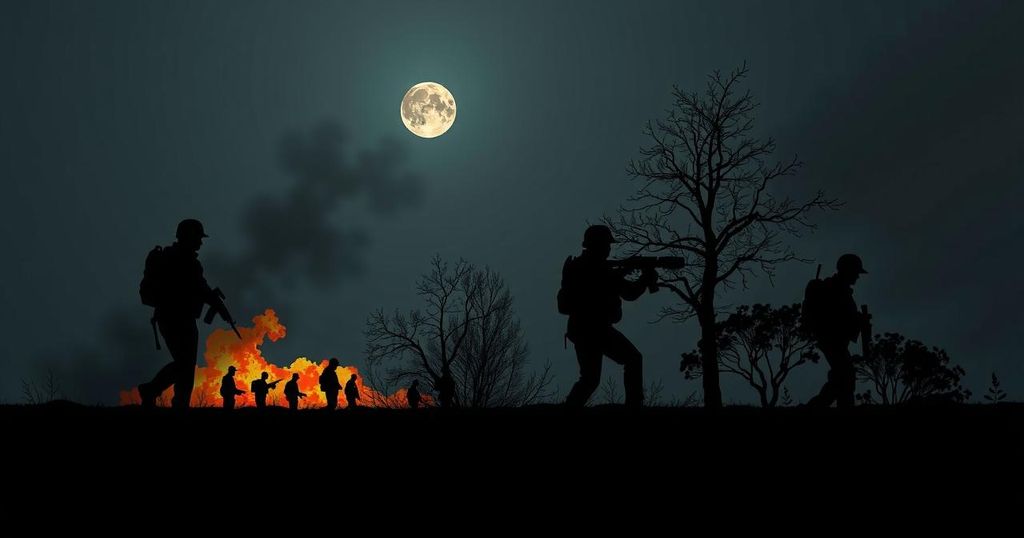Escalations in the Russia-Ukraine Conflict: A Comprehensive Overview of Recent Developments
Recent developments reveal significant escalations and strategic maneuvers in the ongoing conflict between Russia and Ukraine, underscoring the complexity of the situation in Eastern Europe. Russian officials have announced the alleged seizure of a village located merely 16 miles from Pokrovsk, raising concerns among humanitarian organizations such as Rescue Now, which reported that evacuation operations from the Donetsk region have been suspended due to escalating hazards.
Meanwhile, Ukrainian forces have showcased their tactical prowess by destroying multiple Russian pontoon bridges in Kursk, effectively impeding the flow of supplies across the Seym River. Video evidence of these attacks has circulated widely on social media, reflecting the intense and dynamic nature of the battlefield.
Amidst the violence, political rhetoric continues to escalate. Dmitry Medvedev, a prominent ally of President Putin, has ominously predicted the potential for a civil war within the United States. This assertion is part of a broader narrative that frames the U.S. in a precarious position on the global stage, a sentiment echoed by Russian state media.
In an extraordinary turn of events, Ukrainian drone strikes have reportedly triggered a series of explosive incidents at an ammunition depot in Russia’s Voronezh region, prompting immediate evacuations of Russian citizens in the surrounding areas. Videos depicting the aftermath highlight the intensifying conflict as Ukraine seeks to disrupt Russian military operations.
The current landscape sees Ukraine undertaking an “audacious” counteroffensive against Russian positions, with UK intelligence officials suggesting that this move could alter the balance of the conflict. Concurrently, speculations regarding Iran’s involvement in supplying missiles to Russia have been met with denials from Iranian officials, emphasizing the intricate web of international relations that surrounds this conflict.
Among the notable military supports for Ukraine, the Netherlands has announced a significant aid package worth $80 million which includes air-to-air missiles for Ukraine’s F-16 fleet. Additionally, the United States has pledged assistance in replacing Soviet-era S-300 air defense systems, signaling ongoing commitment from Western allies to bolster Ukraine’s defensive and offensive capabilities.
The situation is further complicated by threats from President Putin against entities that might strike Russian nuclear facilities, cautioning that the consequences would be dire for Europe. Amid this turmoil, the U.S. has offered financial incentives to track down Russian hackers implicated in cyber warfare against Ukraine leading up to the invasion.
As the conflict continues to evolve, recent assessments indicate that Russian military casualties have reached four-month highs, reflecting the high-stakes nature of the engagements in Ukraine. The implications of these military and political developments necessitate careful monitoring as the situation remains fluid and unpredictable, with significant ramifications for global security and geopolitics.
In conclusion, the Russia-Ukraine war remains a critical focal point of international concern, with both military actions and political rhetoric intensifying. As alliances shift and new military aid flows into Ukraine, the region braces for further developments that are likely to shape the future of Eastern Europe for years to come.








Post Comment